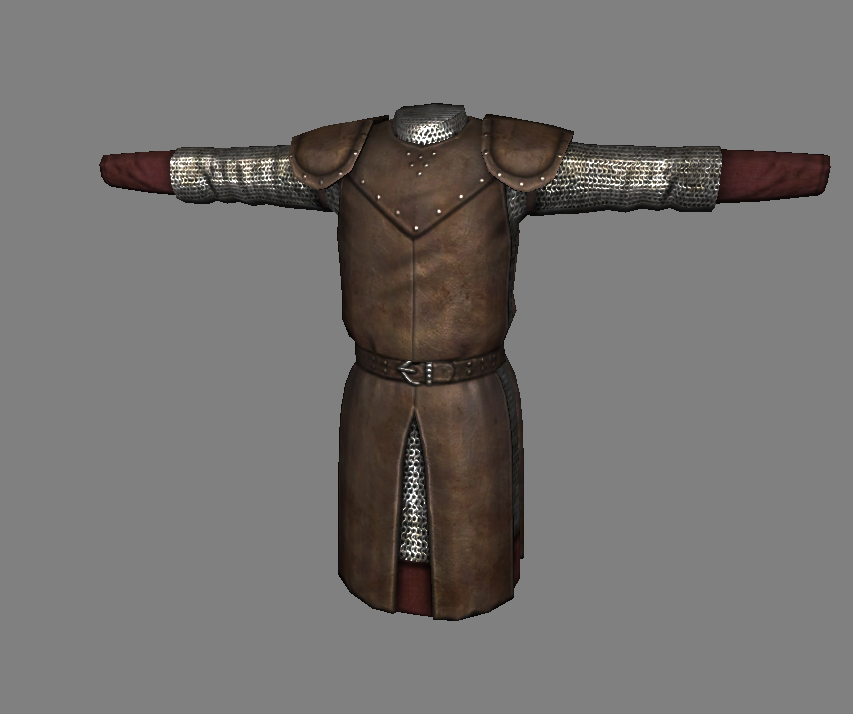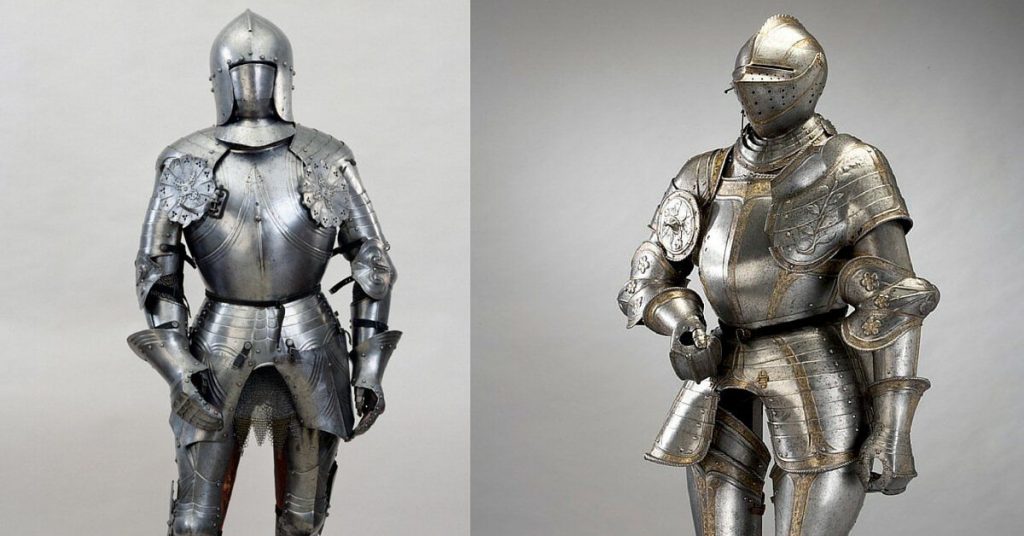When you think about medieval times, images of fully steel plated knights swinging their swords on their horses come to mind right? Knights of those periods wore different types of armor made from different sources. Resources and wealth depended on how much and what kind of armor they strapped on. A few of the various sorts of armor wore by soldiers of war are listed below.
Quilted jackets
These weren’t made from steel rings or plating. They were more like a very thick layered jacket that was used to soften the impact from blunt weapons and provided a little resistance from penetration of sharp swords. It was the cheapest and common form of armor hence nicknamed the poor soldier’s armor. It was cheap, easy to make though it didn’t provide much protection against well-perfected weapons.
Cuir Bouilli

The literal meaning of the term is thickened leather. This is the next form of poor soldier’s armor. It was devised by boiling leather with other substances until it was thick and hard, which provided resistance from primitive and blunt weapons. They were often worn in the style of armor plates by attaching them to the chest and sides of the torso.
Chainmail Hauberk
In the Dark ages, the fighting elite wore armor consisting of steel interlocked rings that provided much better protection and increased chances of survival than the first leather and cloth armor. Despite being a labor-intensive task to wear, this armor could spread impact, resist slash and prohibit penetration and stabs.
Reinforced Mail
In the 13th century, these steel interlocked ring armors were attached with plates of armor or thickened leather to offer better protection and durability in the battlefield. It declined the possibilities of a slash or blade stabbing through the armor by forcing gaps between them. Parts of this armor would often be worn on the elbows and kneecaps as they were prone to slashes.
Breast Plates
This armor was worn among the distinguished and wealthy. It involved two large pieces of armor plates, in the front and back. It was generally worn over the chain mail giving them excellent protection and very minimal chances of armor penetration.
Full Plate Armor
Modern culture depicts knights wearing full armor. Full armor consists of covering the complete body with plates and sheets of metal attached carefully through the joints. The face was covered with a full steel mask as well with only two gaps for visibility. It was worn over chainmail giving them the utmost protection and making them invulnerable to a majority of attacks and weapons.
The Trapper
Battlefield horses were dressed in cloth and steel armor. The torso would be covered with armor plates or steel interlocked rings while the face would often be covered by a metal chanfron placed on the head.

